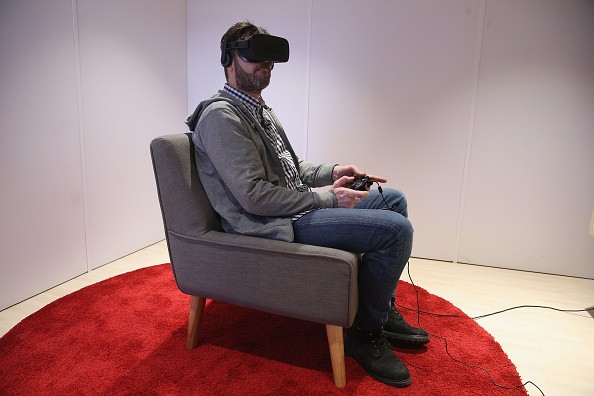Oculus Rift can now be used even on low-end PCs thanks to an update pushed from the company that includes the Asynchronous Spacewrap or AWS for short.
One of the initial problems of users who want to experience VR with their PCs is the absurd cost and expensive price tags for both a capable rig and the VR headset itself. Now, they can only worry about the cost of the Oculus Rift and not the rig anymore.
Oculus has introduced the AWS technology that will help even low-end rigs keep up with the VR experience. AWS predicts and generates frames for the VR app or game being rendered into the Oculus Rift to smooth out the experience, First Post has learned.
Technically, the VR headsets can run on low-end rigs. However, users will be nauseous because of the lag and dropped frames as they need at least 90 frames per second to be smooth.
AWS kicks in automatically if the rig is unable to keep up with rendering the required frames for smoothness. There are still some disadvantages to the technology as it is not a perfect solution.
Oculus Rift can now run a little smoother on rigs with at least a GTX 960 video card and an Intel i3 processor, The Verge reported. The old recommended video card was at least a GTX 970 and an Intel i5 processor to keep up with 90 fps on the VR games and apps.
The technology will not be available for high-end rigs as they probably would not need it. Oculus Rift users with GTX 1080 or GTX 1070 video cards have not yet tested as to whether the AWS tech does kick in if there are dropped frames.
Oculus is also set to ship the highly-anticipated Touch motion controllers in December. They are expected to add more realism to the overall VR experience with the Rift headset.



























